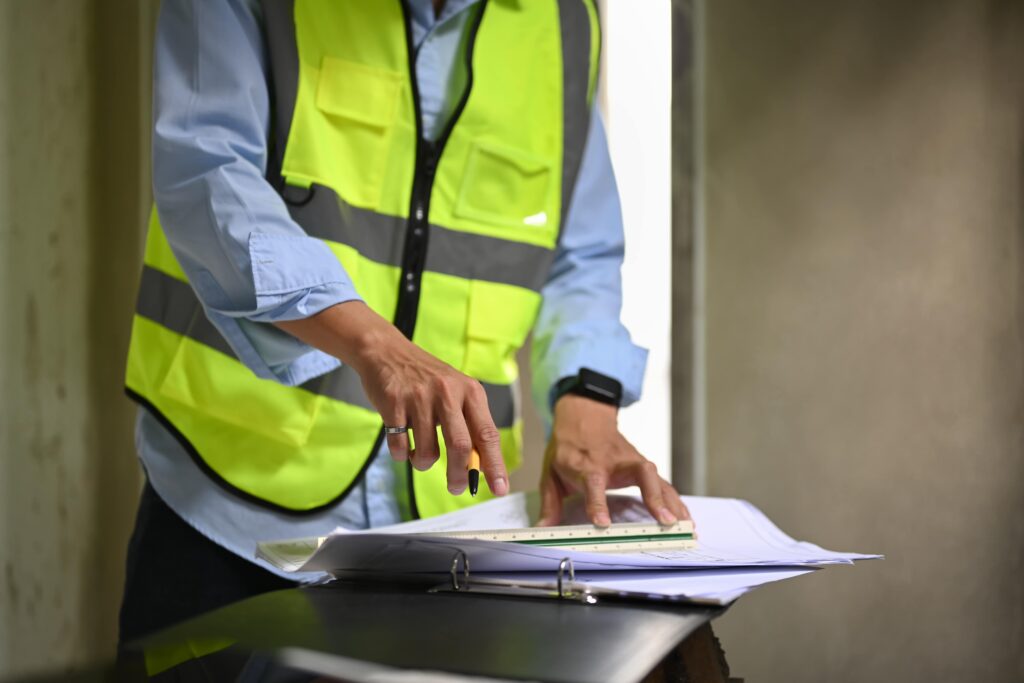Introduction
Every parent's problem is the idea of their newborn dealing with an essential emergency situation. Recognizing cardiopulmonary resuscitation (CPR) methods specifically tailored for babies can be the difference between life and death in such circumstances. Yet, many moms and dads are not aware of the one-of-a-kind procedures associated with executing CPR on babies. This extensive overview intends to gear up every parent with vital understanding and abilities relating to CPR on infants, diving right into unique strategies that can conserve lives.
CPR on Infants: One-of-a-kind Strategies Every Parent Should Know
Cardiopulmonary resuscitation (CPR) is a lifesaving strategy made use of in emergencies when somebody's breathing or heartbeat has actually quit. While lots of people know with grown-up CPR, the techniques vary dramatically when it involves infants. The delicate nature of a newborn needs certain methods that vary from those made use of on older kids and adults.
Understanding Baby Makeup and Physiology
Before delving into CPR techniques, it's crucial to understand the anatomy and physiology of a newborn. Infants have smaller lungs, breakable ribs, and a different circulatory system than adults. Recognizing these differences can assist moms and dads do CPR more effectively.
The Relevance of Respiratory tract Management
Newborns' airways are smaller sized and more vulnerable to blockage; therefore, air passage monitoring is critical during an emergency situation. Moms and dads must discover how to correctly clear an air passage to ensure effective breathing restoration.
Recognizing When to Do CPR
One of the initial steps in any type of emergency is identifying when CPR is needed:
- Unresponsiveness: If your infant isn't responding or moving. No Breathing: If your child isn't taking a breath usually or at all. Abnormal Skin Color: A bluish color around lips or face indicates absence of oxygen.
Initial Assessment: The DRSABCD Approach
The DRSABCD strategy is essential for assessing any emergency scenario:
D - Danger: Make certain the environment is safe. R - Response: Inspect if the baby reacts by delicately shaking them. S - Send out for Help: Require emergency situation assistance if needed. A - Airway: Open up the respiratory tract by turning the head back gently. B - Breathing: Try to find signs of breathing. C - Compression: If no breathing is discovered, commence CPR. D - Defibrillation: Utilize an AED if readily available and qualified to do so.The Steps to Carry out Infant CPR
Performing CPR on a newborn varies significantly from adults due to their dimension and fragility:
1. Positioning
Lay the infant on their back on a company surface.
2. Opening Airway
Gently turn the head back a little to open up the airway while making sure not to exhaust it.

3. Check Breathing
Look for chest movements and listen for breath appears for about 10 seconds.
4. Chest Compressions
Using 2 fingers placed simply listed below the nipple line, push down around 1/3 depth of their chest (about 1-1.5 inches) at a price of 100-120 compressions per minute.
5. Rescue Breaths
After every 30 compressions, provide 2 mild rescue breaths:
- Seal your lips around their mouth and nose, Deliver each breath over one second while observing for upper body rise, Repeat until you see indicators of life or help arrives.
Common Mistakes Throughout Infant CPR
Even sympathetic initiatives may fail because of common blunders:
- Applying too much stress during compressions can trigger injury. Failing to ensure appropriate head tilt may obstruct airflow. Not asking for help early enough can postpone critical care.
Mental Prep work for Emergencies
It's natural to feel panic cpr and first aid course in emergency situations; nonetheless, mental prep work plays a pivotal function in efficiently carrying out first aid steps:
- Remain tranquility; panicking prevents clear thinking. Practice mindfulness techniques before getting in parenthood.
FAQs About CPR on Newborns
What should I do if my newborn stops breathing?
If your newborn quits breathing, quickly analyze their responsiveness, telephone call for aid, examine their air passage, and start CPR as detailed above.
How usually needs to I take first aid courses?
It's suggested that parents refresh their understanding every two years by taking first aid training courses or particular baby CPR training sessions.
Can I use an AED on an infant?
Generally talking, AEDs are not recommended for infants under one years of age unless especially designed for cpr course near me such use; constantly comply with supplier's instructions.
Where can I discover first aid courses near me?
You can browse online utilizing terms like "first aid training course near me" or inspect neighborhood healthcare facilities or community centers that commonly supply these courses regularly.


How long does a first aid qualification last?
Typically, most first aid qualifications continue to be legitimate for three years prior to requiring renewal with refresher courses that include upgraded practices like DRSABCD protocols.
Hop over to this websiteIs it essential to discover mental health first aid as well?
Absolutely! Psychological health first aid gears up parents with abilities essential not only in physical emergencies however likewise in determining emotional distress among youngsters and adolescents.
Conclusion
Understanding "CPR on Newborns: Special Techniques Every Parent Ought To Know" isn't just about getting technical abilities; it's about encouraging yourself as a caretaker prepared to face unanticipated challenges head-on. Whether via dedicated training programs like those supplied by various companies or exercising hands-on strategies with member of the family during workshops-- every effort counts towards building self-confidence in your ability to respond efficiently during emergencies including your precious newborns.
Incorporating this knowledge right into your parenting toolkit could mean saving lives when it matters most. So why wait? Join today for courses such as "first aid course," "cpr training," or specialized "baby first aid training course" options readily available nearby-- you never ever understand when you could need them!